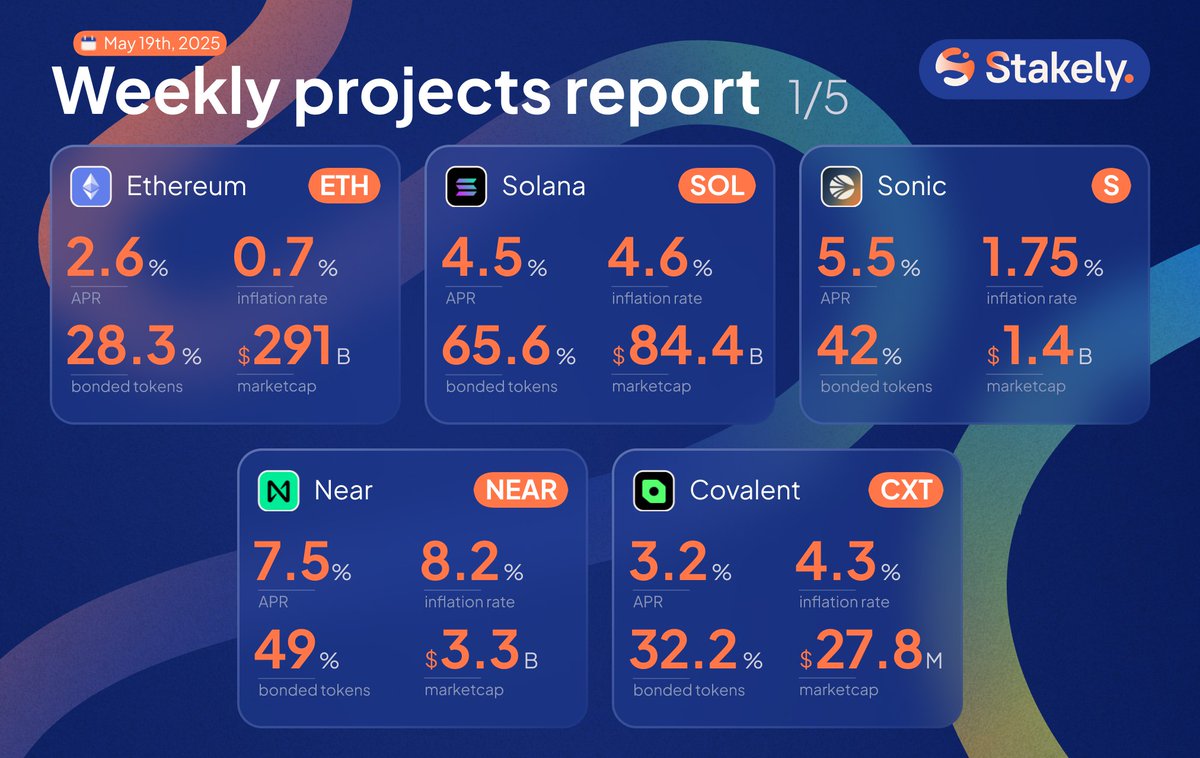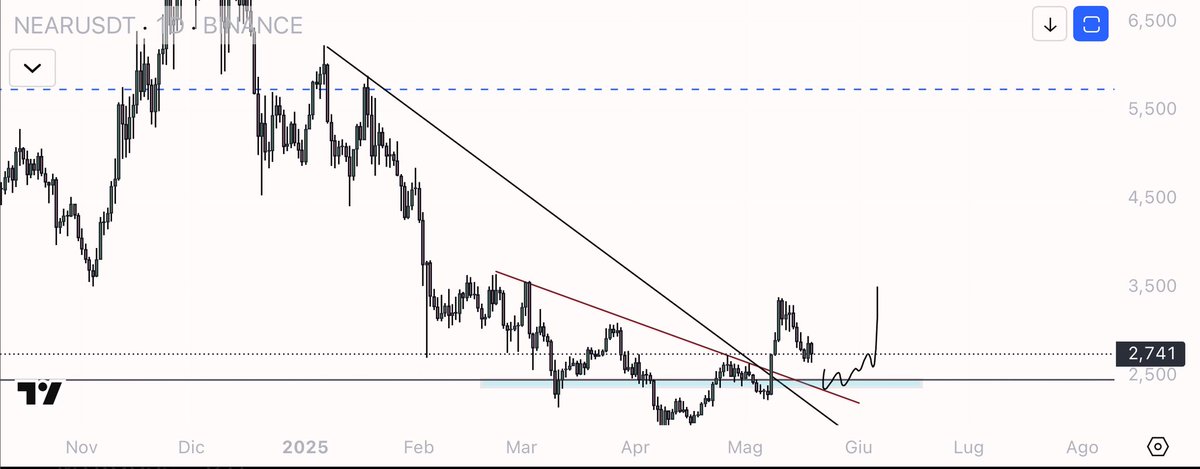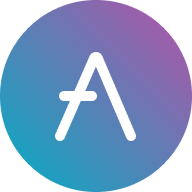
Preço de Near Protocol

Aviso legal
Informações do mercado de Near Protocol
Capitalização do mercado = Oferta em circulação × Último preço

Feed de Near Protocol





Calculadora de NEAR


Desempenho do preço de Near Protocol em USD
Conversões de Near Protocol populares
| 1 NEAR em USD | 2,8450 $ |
| 1 NEAR em EUR | 2,5314 € |
| 1 NEAR em PHP | 158,51 ₱ |
| 1 NEAR em IDR | 46 738,95 Rp |
| 1 NEAR em GBP | 2,1298 £ |
| 1 NEAR em CAD | 3,9732 $ |
| 1 NEAR em AED | 10,4496 AED |
| 1 NEAR em VND | 73 838,57 ₫ |
Sobre Near Protocol (NEAR)
- Site oficial
- Documento técnico
- Github
- Explorador de blocos
Perguntas frequentes sobre Near Protocol
Near Protocol é uma plataforma blockchain de Camada 1 de última geração, conhecida por sua escalabilidade e transações rápidas, cortesia de seu mecanismo de fragmentação.
O Near Protocol incorpora sharding, uma técnica que divide a rede em segmentos menores (ou shards), otimizando assim a velocidade das transações e o desempenho geral da rede.
Compre tokens NEAR facilmente na plataforma de criptomoedas da OKX. Os pares de trading disponíveis no terminal de trading à vista da OKX incluemNEAR/BTC,NEAR/USDCeNEAR/USDT.
Também pode comprar NEAR com mais de 99 moedas fiduciárias ao selecionar "Compra rápida" opção. Outros tokens de criptomoedas populares, tais comoBitcoin (BTC),ETH,Tether (USDT), eMoeda USD (USDC), também estão disponíveis.
Adicionalmente, pode fazer swap das suas atuais criptomoedas, incluindoXRP (XRP),Cardano (ADA),Solana (SOL), eChainlink (link), para NEAR sem taxas e sem desvio de preço através da utilização deOKX Converter.
Para ver os preços de conversão em tempo real estimados entre moedas fiduciárias, como USD, EUR, GBP e outras, na NEAR, visiteCalculadora conversora de criptomoedas da OKX. A bolsa de criptomoedas de alta liquidez da OKX garante os melhores preços para as suas compras de criptomoedas.
Divulgação ASG
Calculadora de NEAR

















